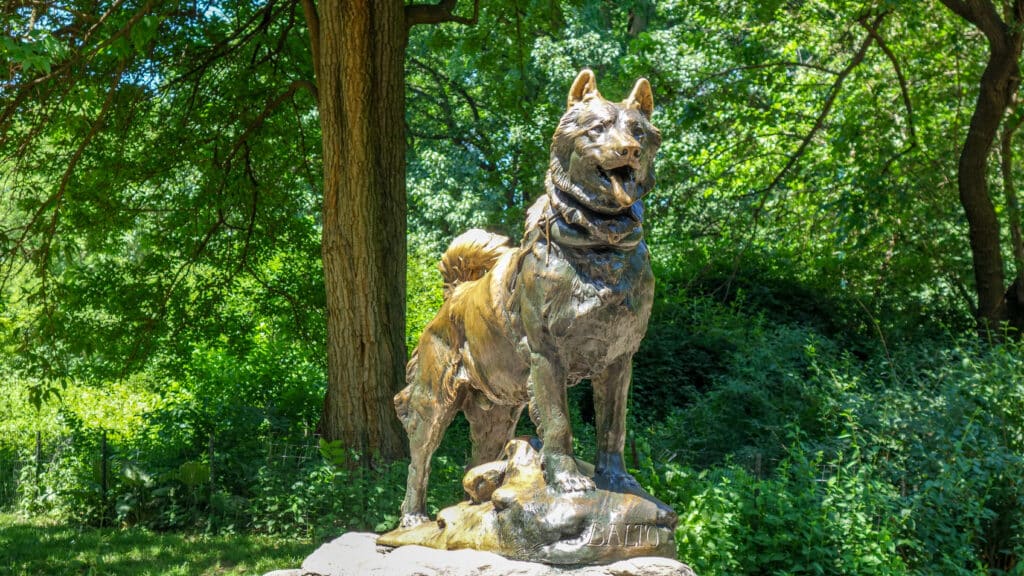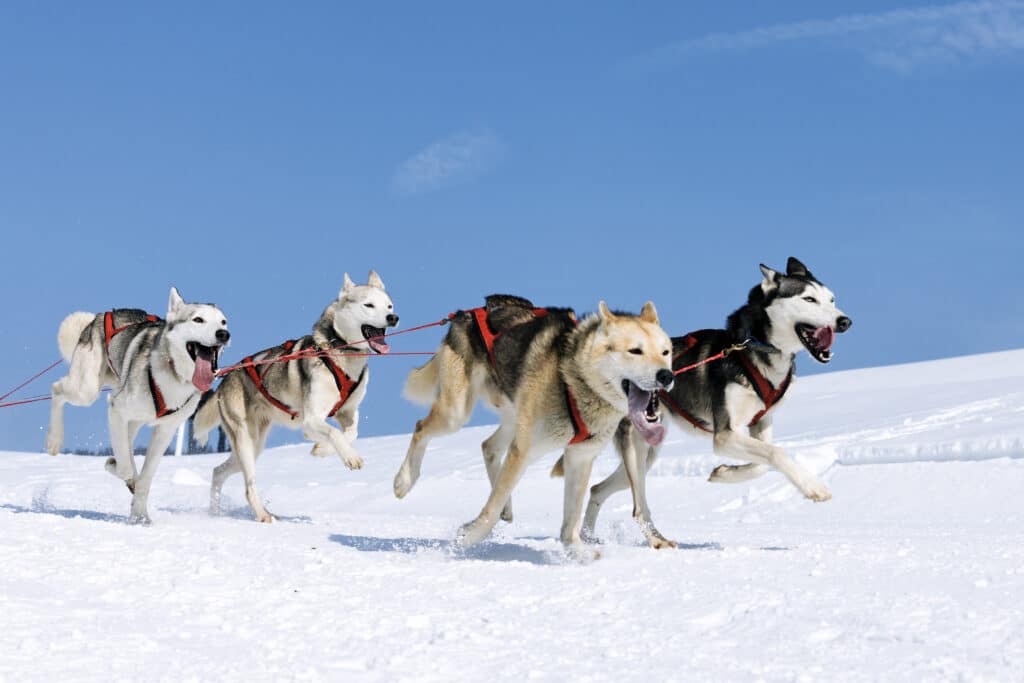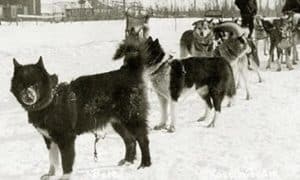“This post contains affiliate links, and I will be compensated if you make a purchase after clicking on my links.”
A new study reveals the special DNA that made the famous sled dog, Balto, survive one of the harshest winters in Alaska during the 1925 serum run to Nome.
Balto the Siberian Husky is high on the list of “goodest bois” for his heroic act in 1925. If you’re not familiar with this brave pooch, he was part of a dogsled team that delivered lifesaving antitoxin to save Nome, Alaska from diphtheria.
And now, thanks to Balto’s taxidermied remains, researchers have found what made him so tough. And no, it’s not his wolf ancestry!

In a study published on Science.org, researchers found that Balto, along with his working sled dog peers, were more genetically diverse than both the working sled dogs and breeds we have today.
Balto and his peers represent “genetically healthier populations” and that the chances of them carrying potentially damaging variants was lower than modern dog breeds.
Furthermore, Balto also had physical features that were different from the Siberian Huskies we have today. Researchers also believe that the heroic dog came from a less inbred population of huskies that were small, yet fast and fit.
Another key finding in the research is that Balto had a better ability to digest starch, a trait found in modern-day dogs but not in wolves.
Co-lead author of the study and a postdoctoral researcher at the University of California, Santa Cruz, Katherine Moon, said that Balto most likely consumed foods that was rich in starch, instead of meat.

Talking to Scientific American, Moon further explained, “What we found is that Balto is more genetically diverse and genetically healthier than your breed dog of today but similar to those working Alaskan dogs that we have now—which is what you expect from a group that is still bred for work rather than the aesthetic phenotype that breed dogs are now held to.”
For this study, the researchers took a DNA sample from Balto’s taxidermied remains at the Cleveland Museum of Natural History along with the genetic data of 682 dogs and 240 mammals.
Furthermore, Balto’s DNA analysis is part of a broader research project called “Zoonomia“, which aims to understand the genetic diversity and evolution of different mammals.





















